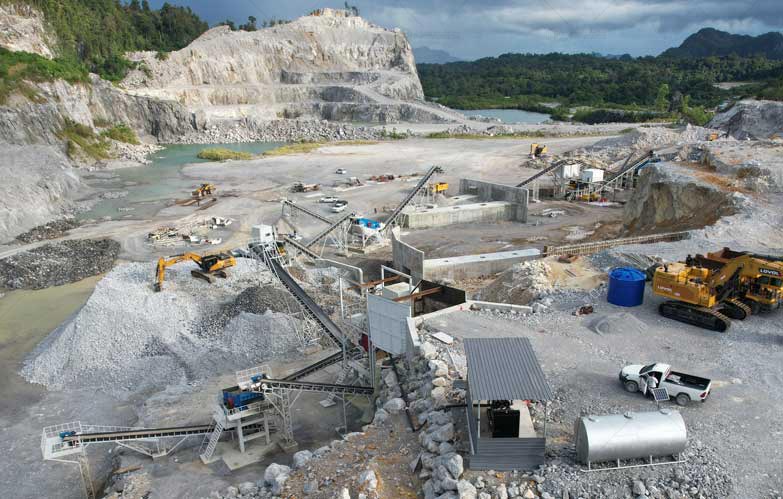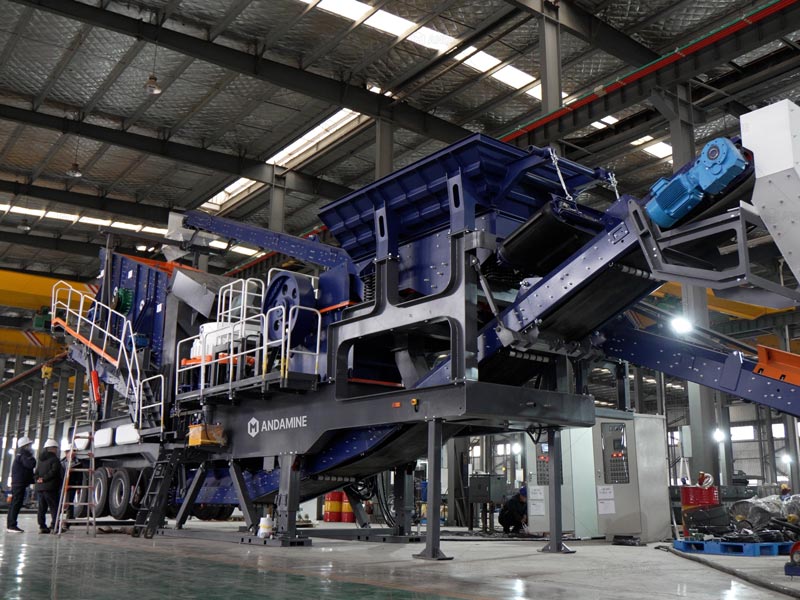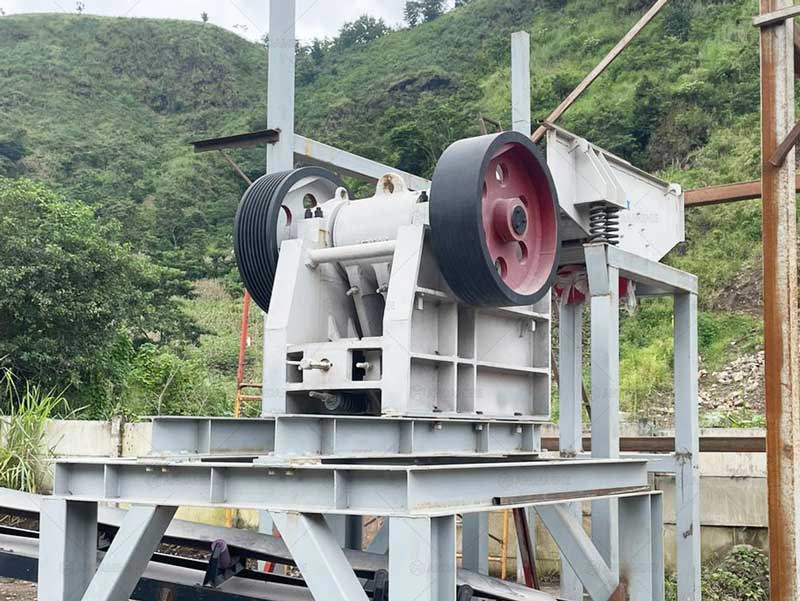
The mining and aggregates industries across Latin America are undergoing a clear transformation. From Chile’s copper belts to Peru’s limestone zones and Colombia’s expanding infrastructure sector, operators are increasingly shifting toward flexible, mobile solutions while still relying on the stability and capacity of traditional fixed equipment. The key operational challenge is integrating these two approaches to maximize productivity, reduce downtime, and lower operating costs. This article offers practical, actionable guidance for contractors, quarry owners, and mining operators considering a hybrid approach that combines a stone crusher plant(planta de trituracion de piedra) with mobile stone crusher plant units and established aggregate crusher plant systems.

Many mining areas in Latin America share similar environmental and logistical challenges: steep terrain, long transportation distances, intermittent power supply, and remote locations far from major cities. These constraints make fully stationary systems less flexible, especially when ore bodies shift or short-term production zones are needed. A combined approach leverages the strengths of both systems: mobile units provide agility and immediate reduction at the face, while traditional fixed plants deliver consistent, high-quality final products.
Remote Andean operations, Amazon basin quarries, and coastal aggregate sites all have unique constraints. Mobility reduces haulage time and fuel consumption; stationary systems produce precise gradation for downstream users. By deploying mobile units for primary reduction and fixed plants for secondary and tertiary processing, operators can build a resilient production chain tailored to local geography.
A well-designed hybrid system can improve total production efficiency by 15–25%. Mobile units reduce the need for long truck hauls and lower wear on loading equipment. Fixed plants, often connected to grid power where available, reduce per-ton energy costs and produce consistent quality that meets standards for cement, asphalt, and ready-mix concrete. Together they optimize capital and operational expenditure across the project lifecycle.
A mobile stone crusher plantplanta chancadora movil can move directly to the extraction point, eliminating long-distance haulage and substantially reducing diesel consumption. For Latin American mines where fuel price volatility is a major concern, reduced haulage and lower truck-hours translate into clear cost savings and lower greenhouse gas emissions.
Mobile units require minimal foundation work and can be deployed rapidly—ideal for short-term projects, exploration zones, and seasonal demand spikes. This flexibility is particularly valuable in mountainous regions of Peru and Bolivia where permanent civil works are expensive or impractical.
Mobile crushers excel at primary crushing at the mine face, stabilizing feed size for the downstream fixed plant. By removing oversized lumps and providing controlled feed, they improve throughput and reduce the risk of blockages in the stationary aggregate crusher plant.

Stationary stone crusher plant and aggregate crusher plantplanta de agregados configurations provide stable, high-volume secondary and tertiary crushing with precise particle shaping. Cone crushers, impactors, and multi-stage screens produce graded products that meet stringent specifications for infrastructure projects.
Fixed plants connected to reliable electricity significantly reduce energy costs per ton compared with diesel-driven mobile units. When the grid is available, moving the energy-intensive stages to the stationary plant yields long-term OPEX savings.
Stationary equipment tends to have a longer lifespan and lower long-term maintenance intensity. If mobile units handle the more variable, abrasive work at the face, fixed plants can run under more controlled conditions, extending component life and simplifying scheduled maintenance.
This is the most common and efficient hybrid setup. The mobile unit performs primary crushing at the extraction site; material is then trucked or conveyed to a stationary plant for secondary and tertiary processing. Benefits include reduced haulage distance, improved throughput, and high final product quality. This model suits copper mines in Chile and limestone quarries in Peru.
During high-demand seasons—road projects, urban construction surges—mobile units temporarily boost plant capacity. This approach avoids over-investing in permanently oversized stationary plants and enables flexible response during maintenance or unplanned downtime.
In operations where the extraction front moves frequently (placer mining, tailings reprocessing, dynamic riverbed extraction), mobile plants handle frontline crushing while stationary facilities take care of grading and final quality control. This configuration is ideal for remote Andean mining zones where mobility is essential.
Soft to medium-hard materials like limestone and many construction wastes are well-suited to mobile primary crushing. Extremely hard volcanic rock or highly abrasive ores may require a stronger stationary crusher for primary duties.
Short transport distances favor mobile systems. Flat, accessible terrain simplifies conveying to stationary plants. Long haul distances may negate some advantages of mobility and should be carefully modeled.
Abundant grid power makes stationary plants more attractive economically. Mobile units need skilled technicians for hydraulic systems and engines; investing in local training improves uptime and reduces long-term costs.

Combining mobile crushing plants with traditional fixed equipment creates a flexible and efficient production model for Latin American mining operations. Mobile units reduce transport needs and provide agility at the extraction face, while stationary plants deliver capacity, consistent product quality, and energy efficiency. Selecting the right hybrid configuration requires a careful assessment of material properties, site logistics, energy access, production targets, and local labor capabilities. With proper planning, the integrated model can significantly enhance productivity, lower operating costs, and improve the sustainability of aggregate production across the region.